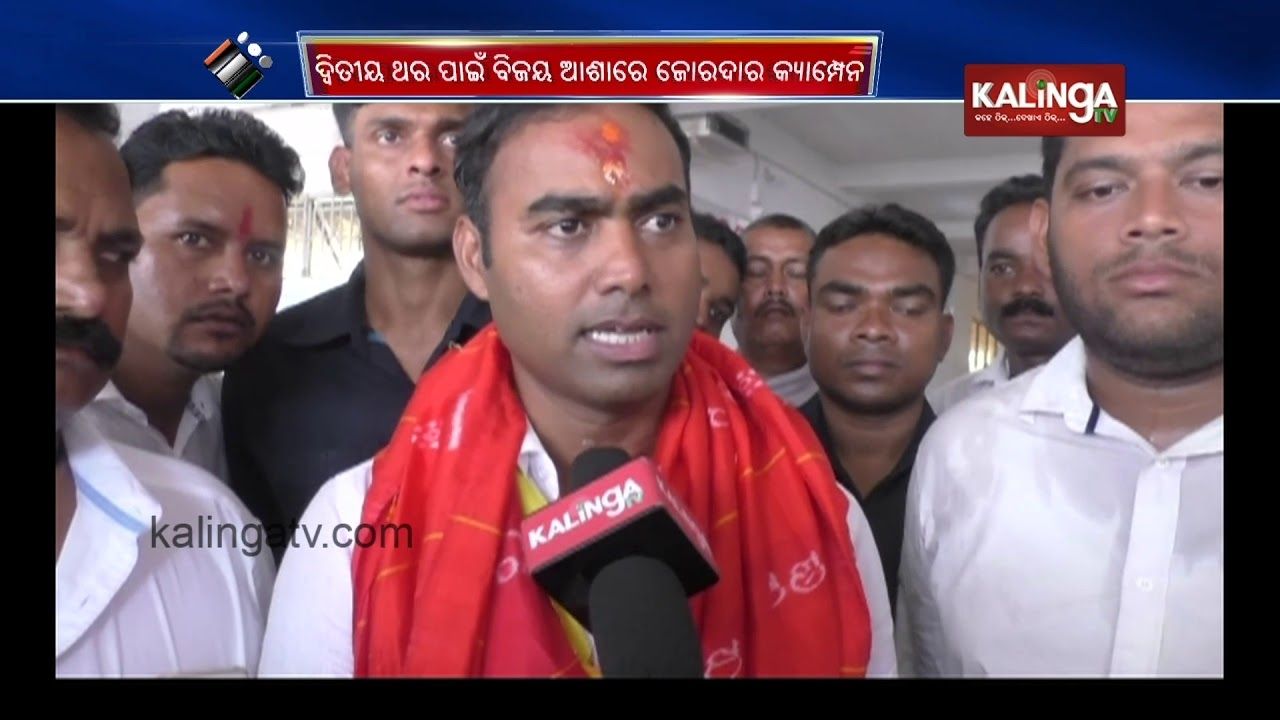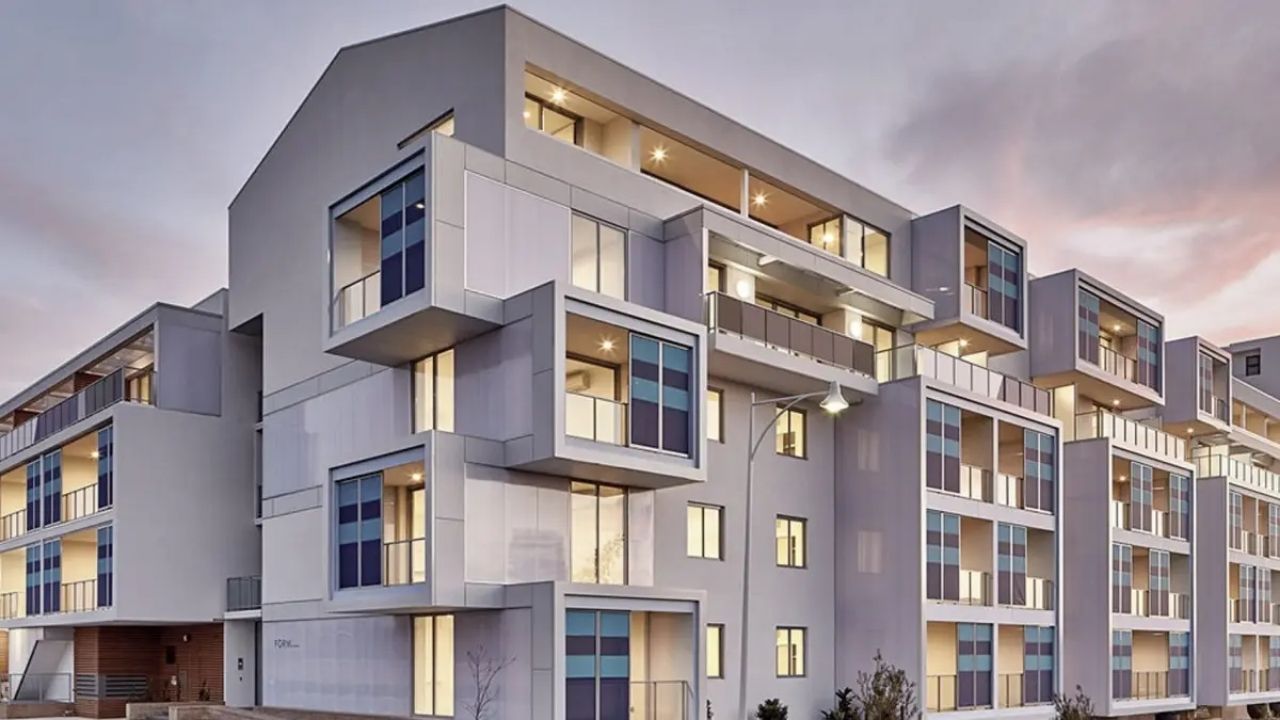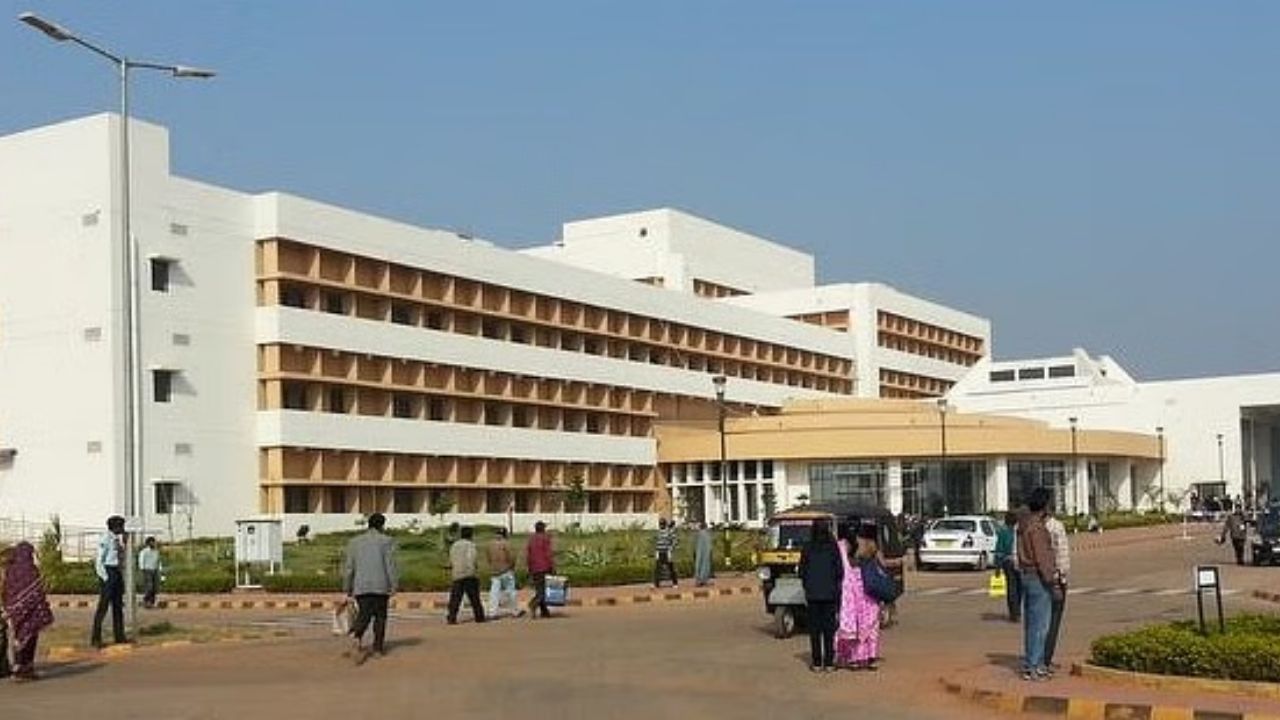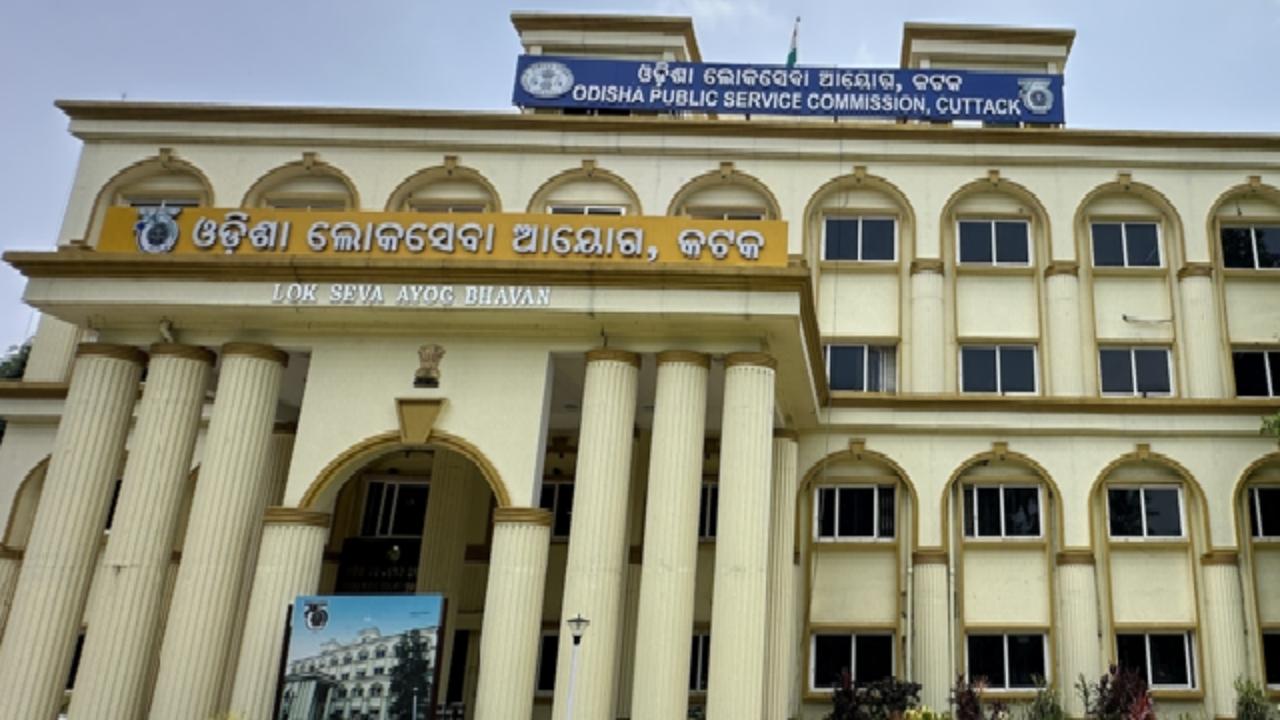In recent weeks, a series of events in Odisha have brought former Biju Janata Dal (BJD) leader Pritiranjan Gharai to the forefront of controversy. He, along with 20 others, is facing serious charges related to a road blockade that occurred in the Kalinga Nagar industrial area in Jajpur district. The incident, which resulted from a tragic road accident, has sparked political tensions and raised significant questions about public protests, law enforcement, and the role of leaders in mobilizing local communities.
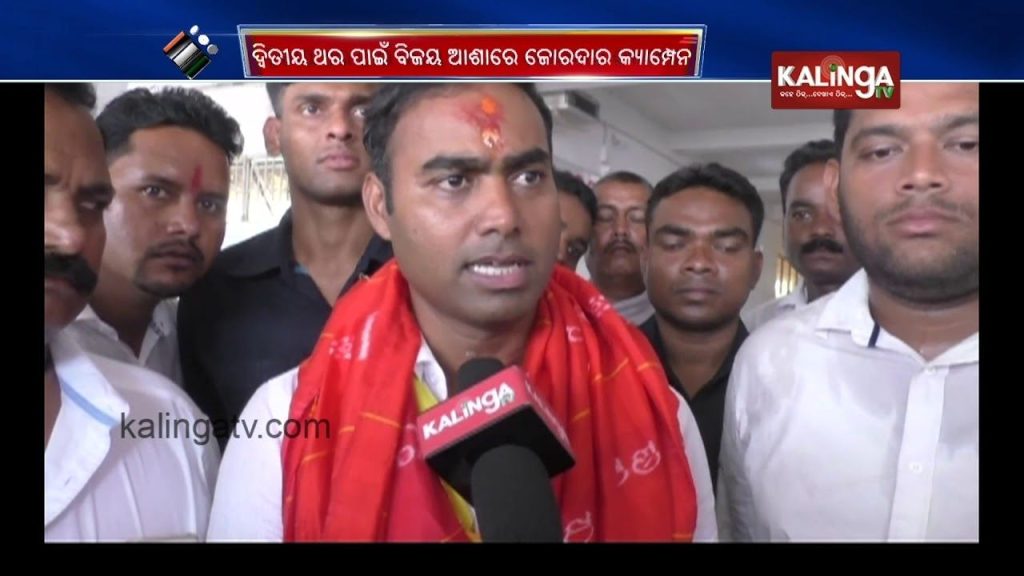
The road blockade that followed the tragic accident has become a symbol of the larger issues surrounding governance, public safety, and community engagement. This article explores the circumstances surrounding the blockade, the charges faced by Gharai and his associates, and the broader implications for political and social activism in Odisha.
Pritiranjan Gharai and 20 Others Face Charges
| Aspect | Details |
|---|---|
| Incident Date | July 27, 2025 |
| Location | Kalinga Nagar Industrial Area, Jajpur District, Odisha |
| Fatality | Abhimanyu Mahanta, 32, died in a bus-motorcycle accident |
| Injured Person | Lakshmidhar Mahakud, suffered injuries |
| Protest Cause | Locals demanded compensation after the fatal accident |
| Political Figure Involved | Pritiranjan Gharai (former BJD leader) and 20 others |
| Legal Charges | Charges under multiple sections of the Indian Penal Code (IPC) including 191(2), 221, 285, 296, and others |
| Key Allegations | Abuse of police, incitement of violence, disruption of public order |
| Current Status | No arrests yet, investigation ongoing |
| Impact | Stirred political tensions in Odisha, especially concerning BJD leadership |
For more details, you can always visit Sambad English and Odisha TV.
The Kalinga Nagar road blockade incident has become a pivotal moment in understanding the complex relationship between political leaders, public protests, and law enforcement in India. The charges faced by Pritiranjan Gharai and his associates underscore the delicate balance leaders must strike between supporting their community and ensuring that protests remain lawful and peaceful.
As investigations continue and the legal process unfolds, it is essential to reflect on the broader implications of such incidents on public order, governance, and political leadership. While protests can be a vital tool for social change, they must be conducted responsibly to avoid unnecessary conflict and harm to public safety.
The Road Blockade: What Happened?
The incident began on July 27, 2025, when a tragic road accident occurred near Khurunti Chhak in the Kalinga Nagar industrial area. A motorcycle was struck by a bus, leading to the death of 32-year-old Abhimanyu Mahanta and injuries to another individual, Lakshmidhar Mahakud. The accident quickly became the focal point for local protests, with residents demanding justice for the victims and compensation for the families affected.
In situations like these, it’s not uncommon for road blockades to occur as a form of protest. In this case, local citizens blocked the road as they voiced their outrage over the incident. The blockade intensified when prominent local leader Pritiranjan Gharai, along with several others, allegedly joined the protest. According to reports, Gharai and his associates did more than just support the protesters. They were accused of inciting violence, abusing police officers, and even threatening to set vehicles on fire.
While road blockades are a legitimate form of protest, they can sometimes escalate into serious issues if not managed peacefully. This incident is a reminder of the delicate balance between lawful protests and maintaining public order.
Political Context and Allegations Against Pritiranjan Gharai
Pritiranjan Gharai, once a prominent member of the Biju Janata Dal (BJD), now faces serious charges. He is accused of instigating and worsening the situation during the protest, which led to the blockade. According to police reports, Gharai and his group not only participated in the blockade but also abused government officials and law enforcement personnel. These actions allegedly violated several laws, including obstructing justice and inciting violence.
The key allegations against Gharai and his associates are as follows:
- Abuse of Police and Officials: Witnesses reported that Gharai and others used offensive language towards police officers, challenging their authority and disrupting the peace.
- Incitement of Violence: Gharai allegedly encouraged the mob to take aggressive actions, including the threat of burning vehicles, thereby escalating an otherwise peaceful protest into a potential security threat.
- Public Disorder: The protest led to a road blockade, which is considered a violation of public order under Indian law, particularly when it obstructs traffic and disrupts the daily lives of citizens.
While Gharai’s role in the protest remains a topic of debate, the fact remains that his involvement in these events has drawn significant attention. The local police, in response, filed an FIR (First Information Report) against him and 20 others, including several local associates.
Legal Charges: What Do They Mean?
The legal charges that have been levied against Gharai and his group are drawn from various sections of the Indian Penal Code (IPC). Here’s a breakdown of the most pertinent sections:
- Section 191(2) – False Information: This section addresses cases where an individual provides false information to authorities or law enforcement. It can also involve actions that mislead or cause unnecessary disruption.
- Section 221 – Wrongful Confinement: This charge refers to situations where someone is unlawfully detained or restricted from moving freely. During protests, if participants physically block roads, this can be considered wrongful confinement.
- Section 285 – Negligent Conduct with Respect to Fire or Combustibles: This section is relevant because one of the allegations is that Gharai and his associates threatened to set vehicles on fire, which could endanger public safety.
- Section 296 – Obscene Acts: If the protests turned violent with abusive language or actions, this section can apply, particularly if it involves disturbing the peace.
- Section 115(2) – Abetting a Crime: This section involves the act of encouraging or inciting others to commit a crime, which is a key charge against Gharai and his group.
These charges represent serious legal consequences. While no arrests have been made as of now, the investigation is ongoing, and more charges could follow depending on the evidence gathered.
The Role of Local Leaders in Protests
Local leaders, especially those with significant political backing, often play an influential role in shaping public protests. Pritiranjan Gharai, as a former BJD leader, holds sway over local communities, and his participation in protests can either calm or escalate tensions.
It’s crucial to understand that while leaders have the right to support their communities, their actions come with a responsibility. When a leader like Gharai participates in a protest, he must ensure that it remains peaceful and within the bounds of the law. If a protest turns violent, it can lead to unintended consequences, including legal charges, public unrest, and even political fallout.
The role of leaders in protests has been a subject of debate, especially in democratic nations like India and the United States. Protests can often be a necessary tool for addressing injustice, but they must be conducted in a way that respects public safety and the rule of law.
Detailed Project Report Ready for Cuttack’s Elevated Corridor; Construction Set to Begin Soon
ORERA Penalizes Realtor ₹2 Crore for Selling Unapproved Plots in Bhubaneswar
Odisha to Distribute Third Installment of Subhadra Yojana on Raksha Bandhan
FAQs
1. Why was Pritiranjan Gharai involved in the protest?
Gharai, as a local political leader, likely felt a responsibility to support the community’s call for justice following the tragic road accident. However, his alleged actions of inciting violence and disrupting public order have led to legal consequences.
2. What are the consequences of road blockades in India?
Road blockades can lead to legal charges under sections of the IPC, particularly if they disrupt public order, block traffic, or lead to violence. In some cases, those involved can face arrest or legal action.
3. How can protests be conducted peacefully?
To ensure that protests remain peaceful, participants must avoid violence, respect law enforcement, and ensure that their actions do not disrupt the daily lives of others. It is essential to follow legal protocols when organizing protests.
4. What happens if a leader incites violence during a protest?
Leaders who incite violence can face criminal charges, including incitement to violence, wrongful confinement, or even terrorism-related charges depending on the severity of the situation.

